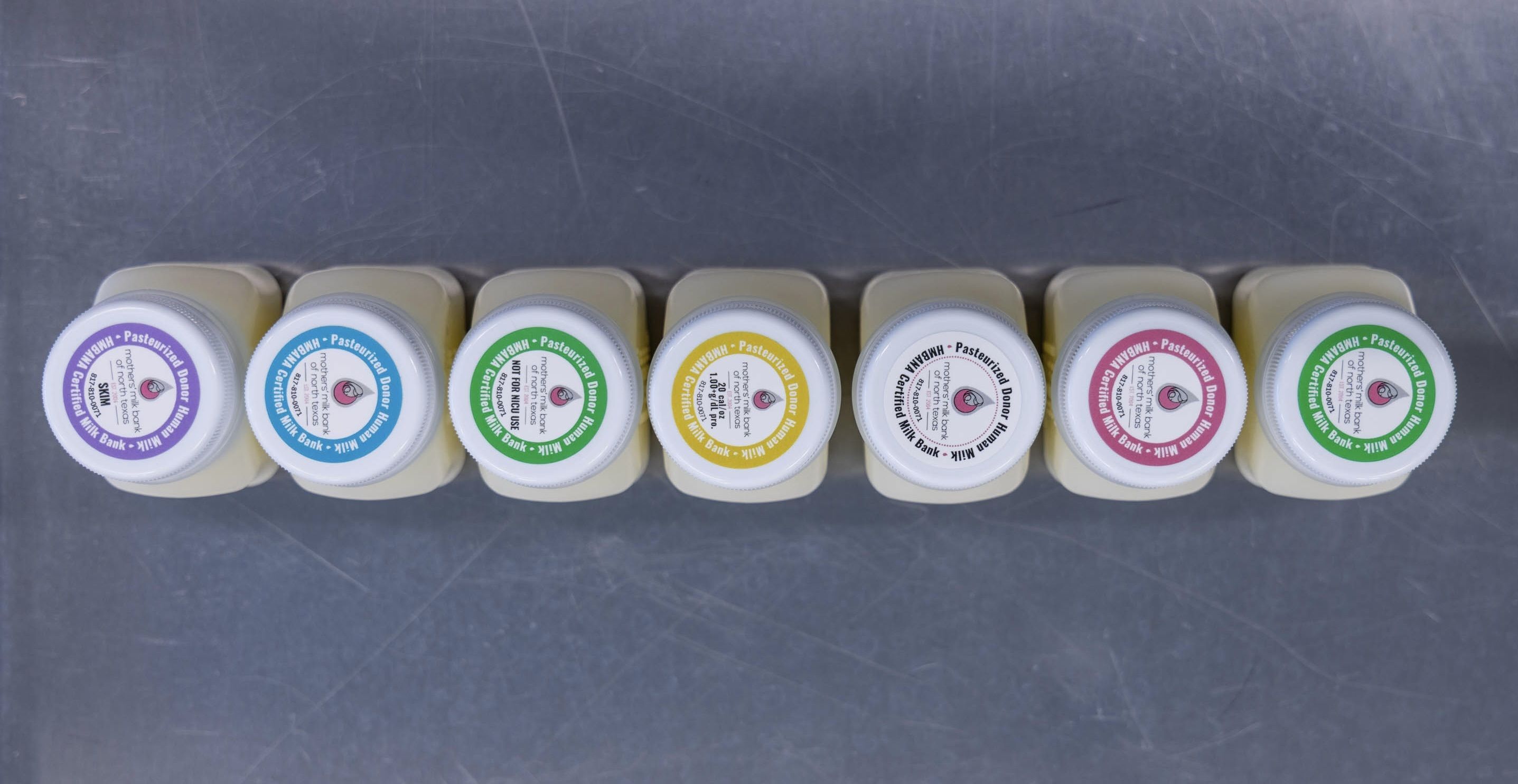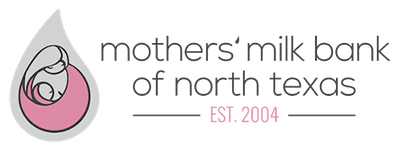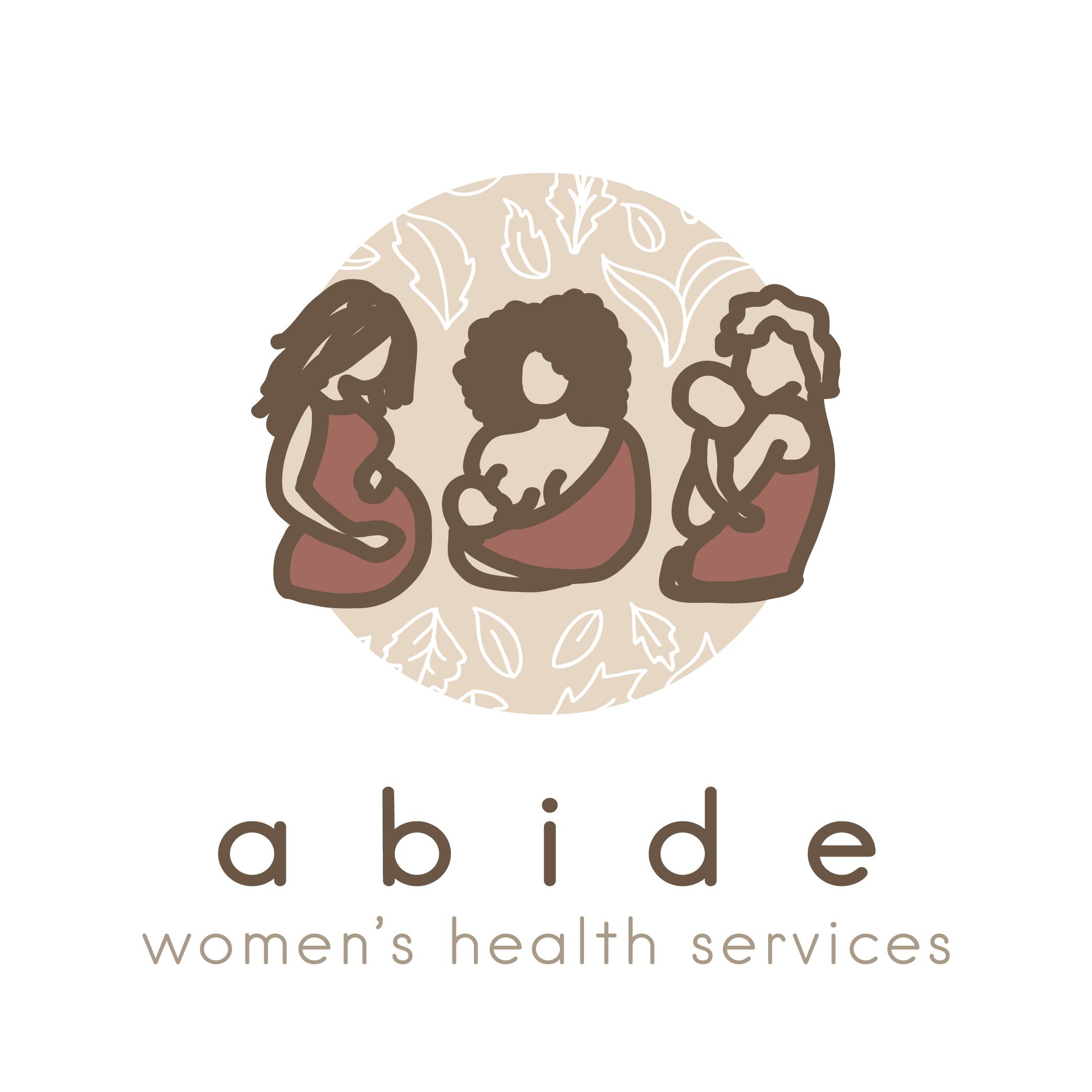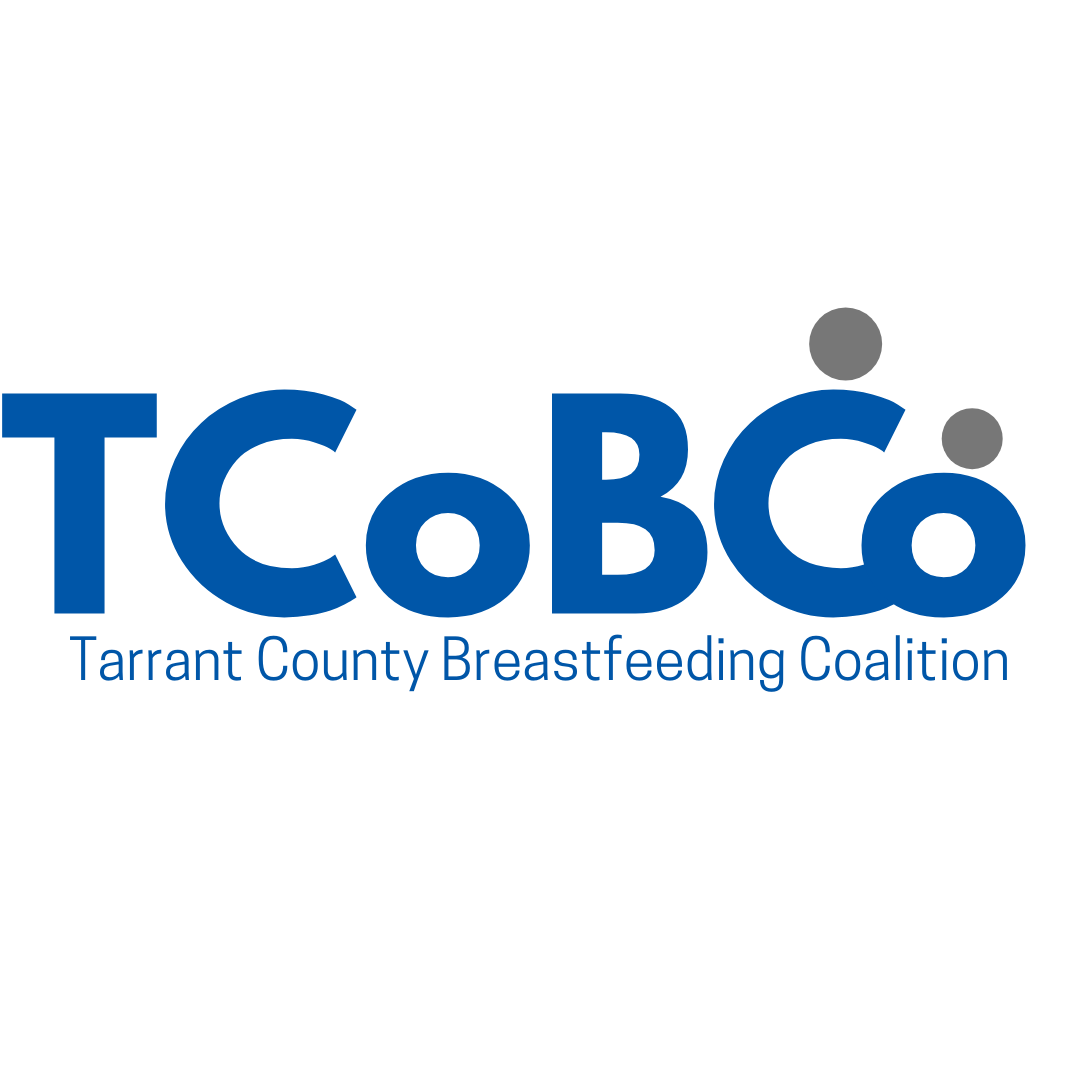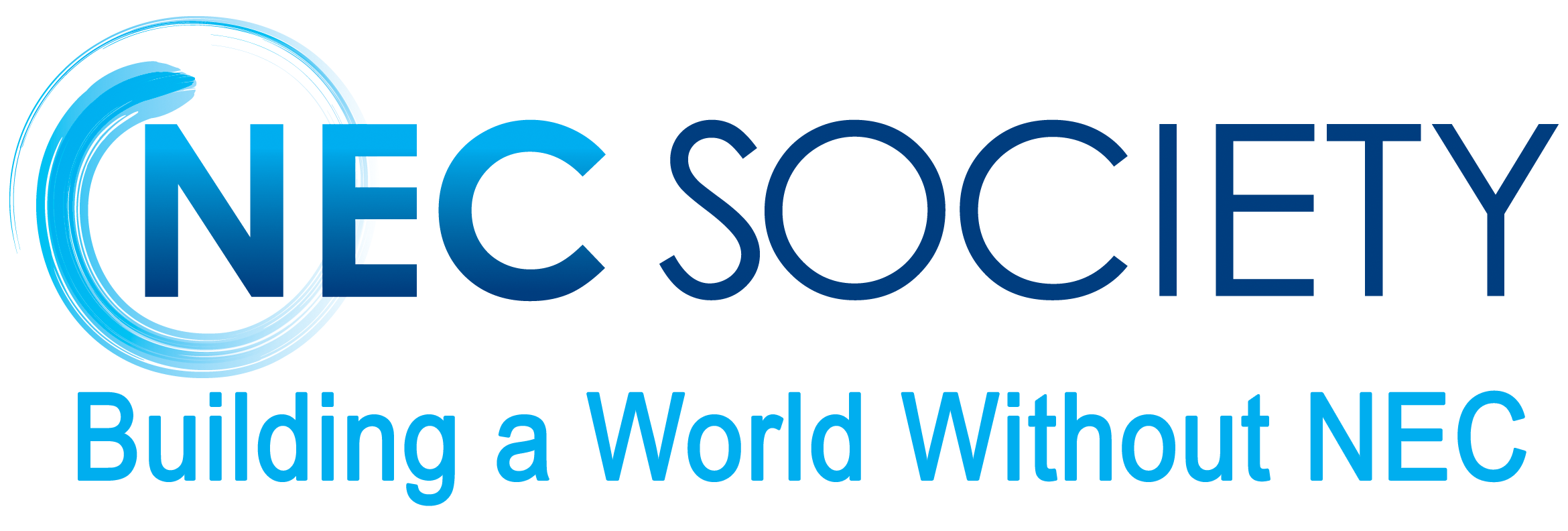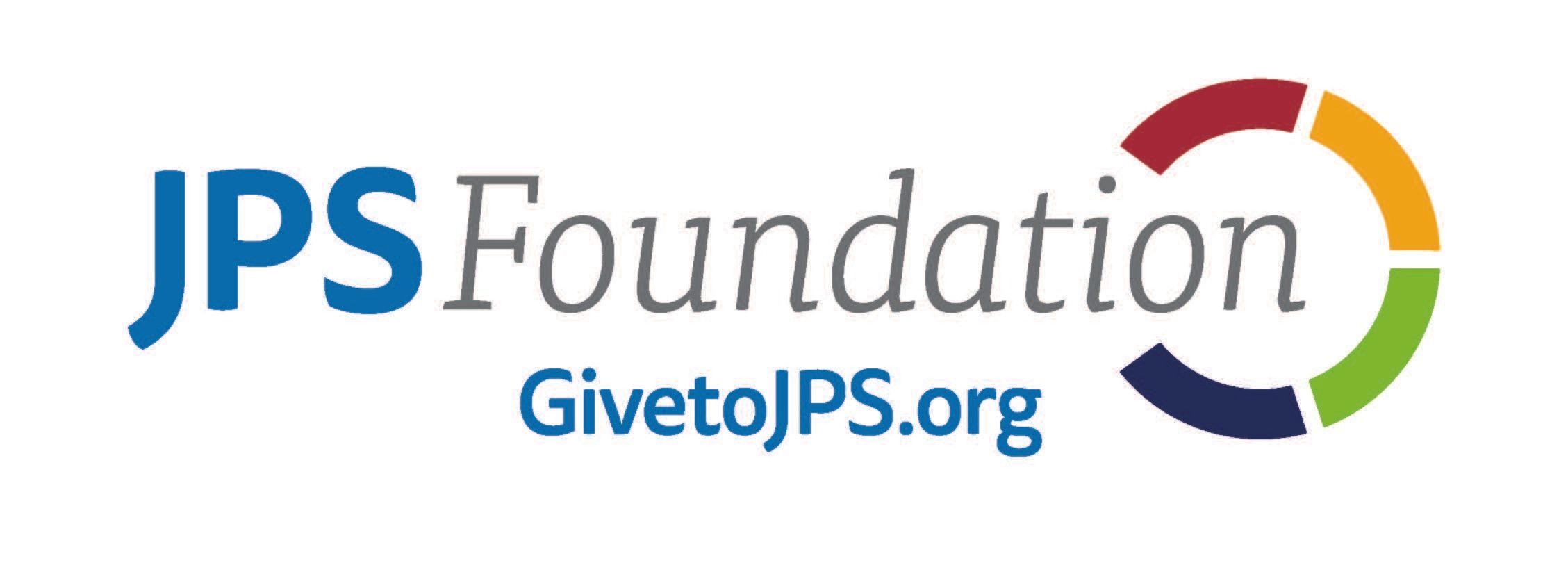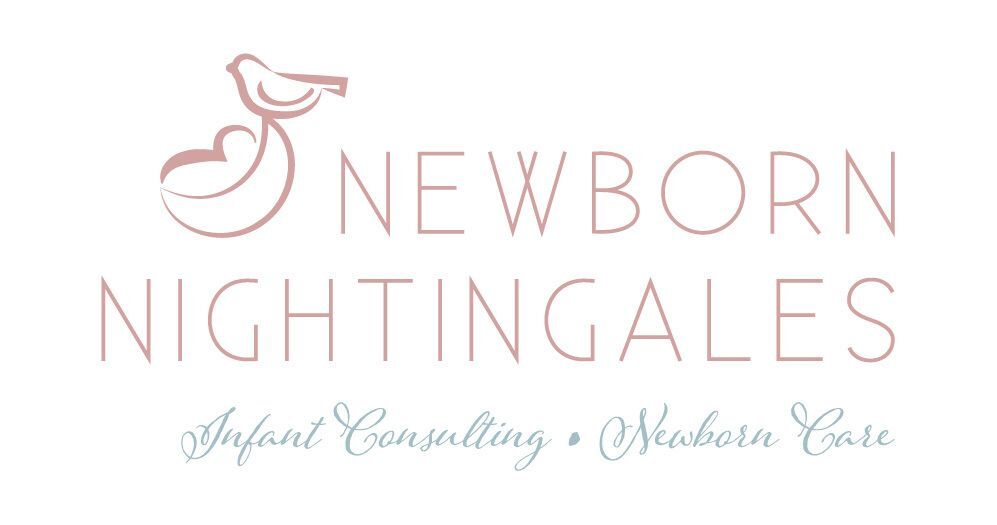Instructions for PDHM in the NICU
Receiving
-
While unpacking, inspect the condition of each bottle to ensure they are intact and frozen.
-
Immediately transfer to the freezer.
-
Verify that the number of bottles and batch numbers match what is listed on the packing slip.
-
Each delivery/shipment will come with a cold chain verification indicator and documentation. Check that indicator show the appropriate temperature and keep documentation for your records.
-
Call the milk bank at 817-810-0071 if there are any discrepancies or concerns about the condition of the delivery/shipment.
Storage
-
Store frozen donor milk in a monitored freezer at or below -18℃ (0℉) until ready for use. Do not store donor milk in the freezer door.
-
Expiration date will vary for each batch. Rotate bottles in the freezer so that milk with the earliest expiration is used first.
-
Once thawed, donor milk should be kept in the refrigerator at or below 4℃ (40℉).
-
Brief fluctuation in freezer and refrigerator temperatures are acceptable secondary to opening doors or self-defrosting cycles.
Thawing
-
Document the date and time that bottles are removed from the freezer for thawing.
-
It is best to cold thaw donor milk by placing what is needed for feedings the next day in the refrigerator. It may take between 12-24 hours for donor milk to completely thaw.
-
To quick-thaw donor milk:
a) Hold the bottle under lukewarm running water, taking care that water does not touch the lid.
b) Place the bottle in a clean container of warm water without submerging the cap. As water cools, replace it with more warm water. Water temperature should not exceed 37℃ (98℉). Once donor milk is liquid but still chilled, dry off the bottle and refrigerate.
c) Place bottle in a warmer designed for thawing human milk and follow the manufacturer’s instructions. -
Do not heat donor milk warmer than skin temperature.
-
Once donor milk is thawed, DO NOT REFREEZE.
-
Human milk should never be thawed or heated in the microwave.
Instructions
-
Thoroughly wash hands, don gloves, and conduct milk transfer in a dedicated and/or sanitized area.
-
Gently swirl thawed donor milk before removing for a feeding.
a) When drawing feedings using a sterile syringe, do not allow anything to come in contact with the tip of the syringe.
b) Feedings may also be carefully poured out of the bottle into another clean container.
c) If donor milk is remaining, recap the bottle and immediately place it in refrigerator for later use.
d) One bottle of donor milk may be used for multiple recipients. -
Previously frozen, thawed donor milk warmed to room temperature should be discarded if it has been out of the refrigerator for more than 2 hours.
*For continuous feedings: previously frozen, thawed donor milk may be used at room temperature for up to 4 hours. -
Donor human milk may be used for up to 48 hours after thawing if kept in the refrigerator. Fortified donor milk must be used within 24 hours.
-
For each feeding, hospitals must document 1) dispensing milk bank and 2) batch number in the medical record.
- For complete information regarding expressing, storing and handling human milk, we recommend the 2024 Fifth Edition of Best Practice for Expressing, Storing and Handling Human Milk in Hospitals, Homes and Child Care Settings. This book may be purchased at the Human Milk Banking Association of North America website.
